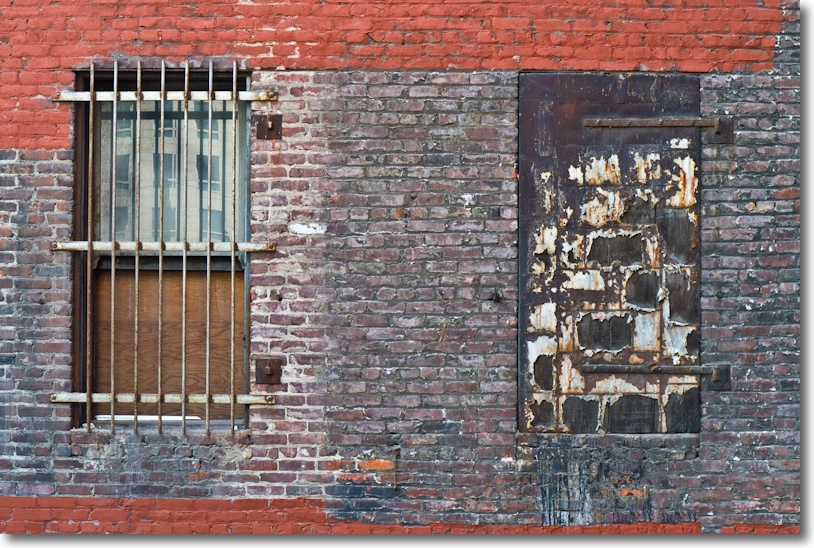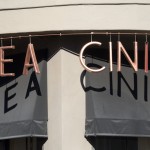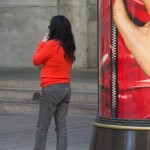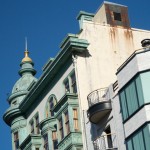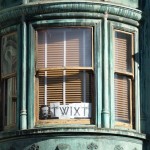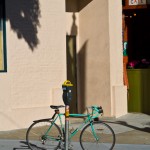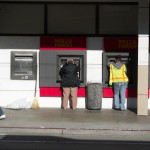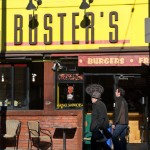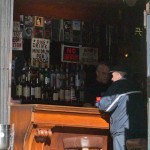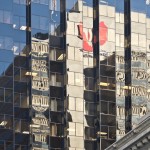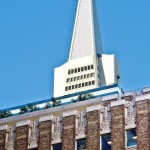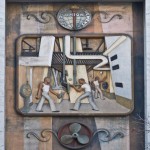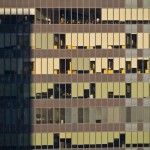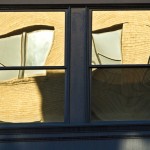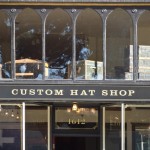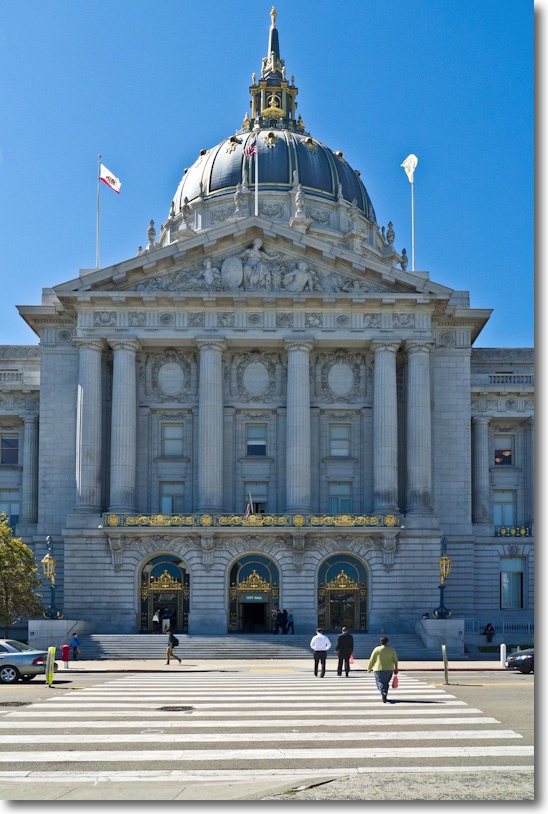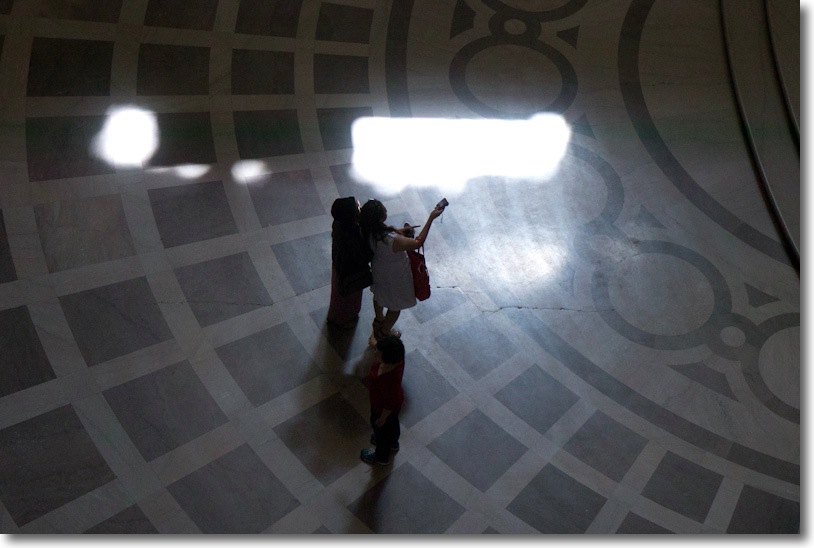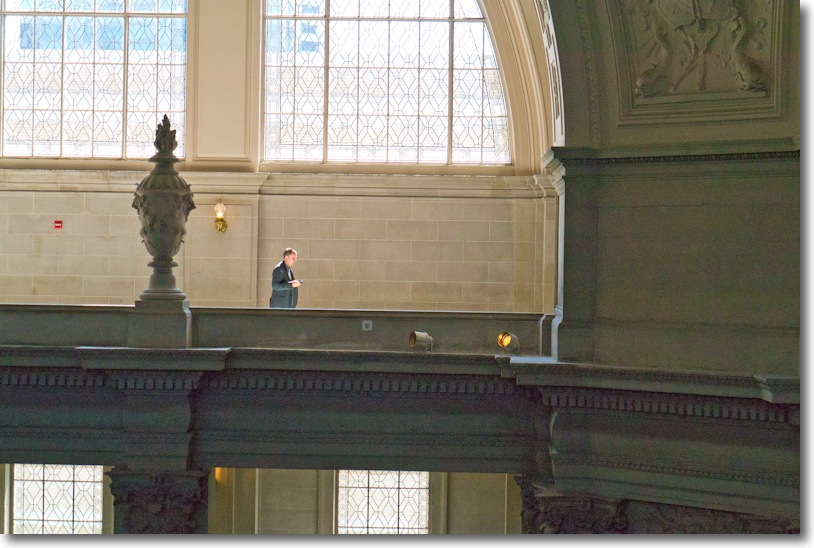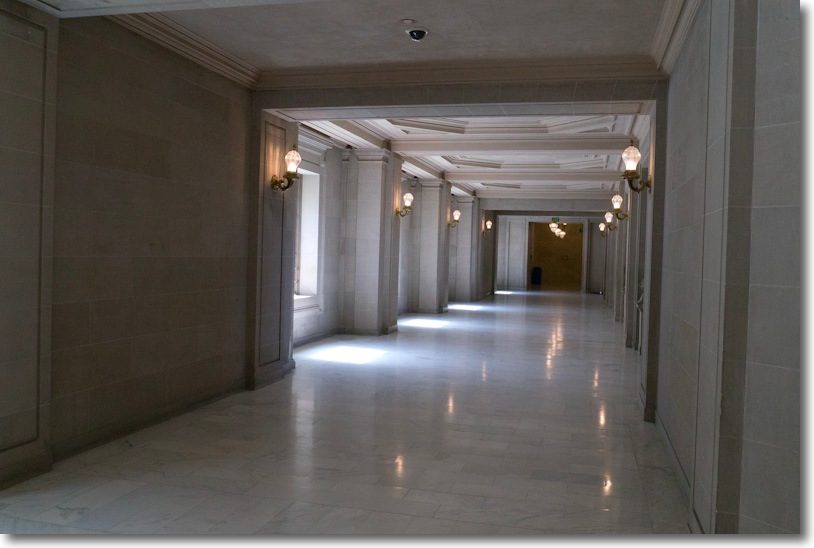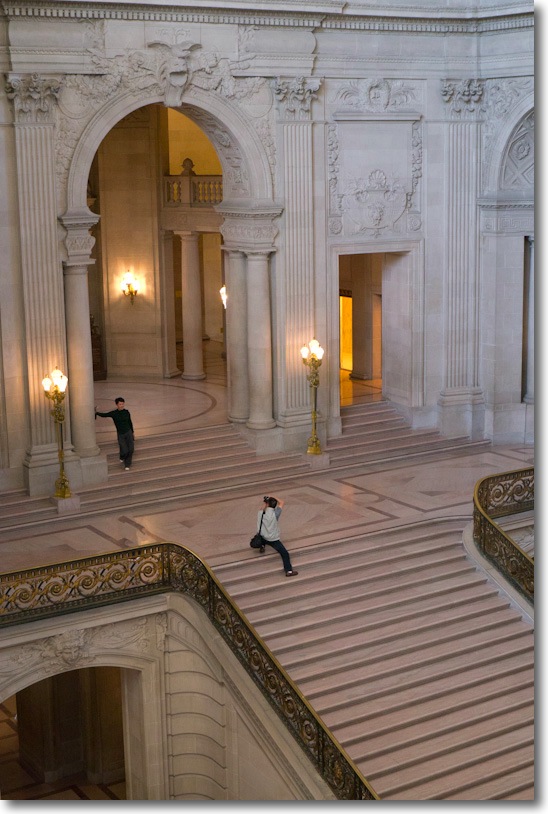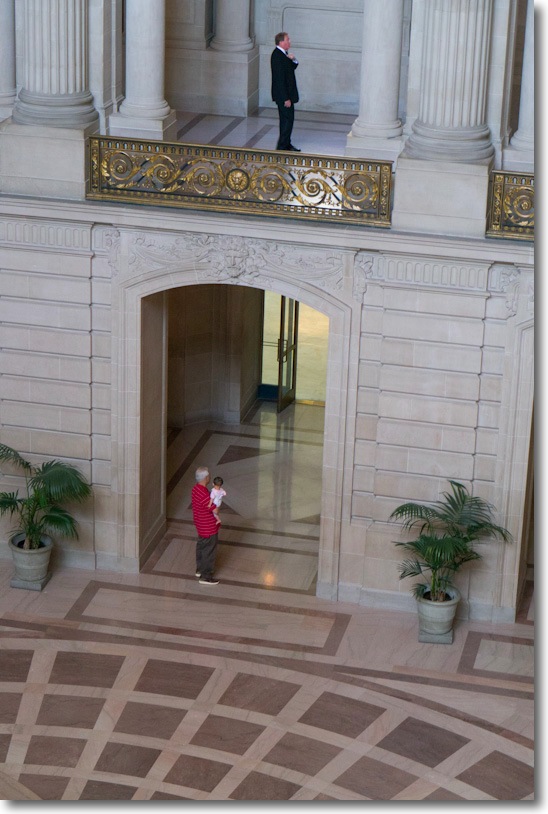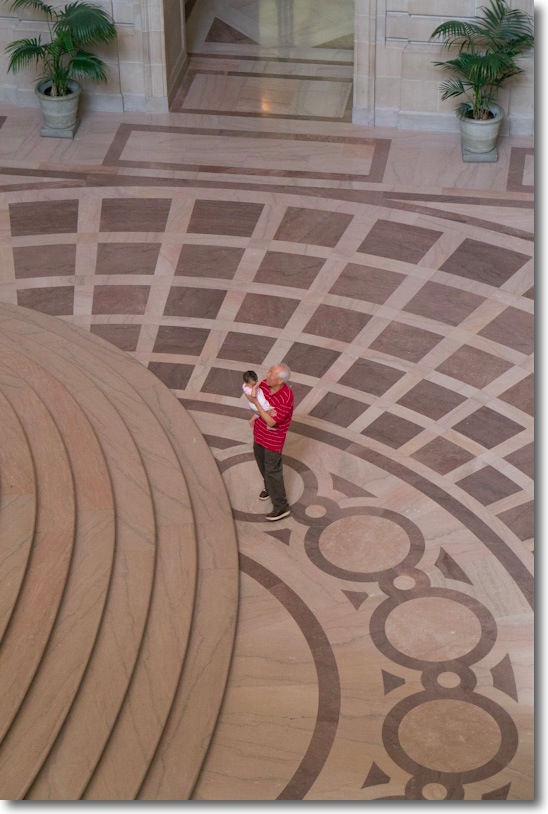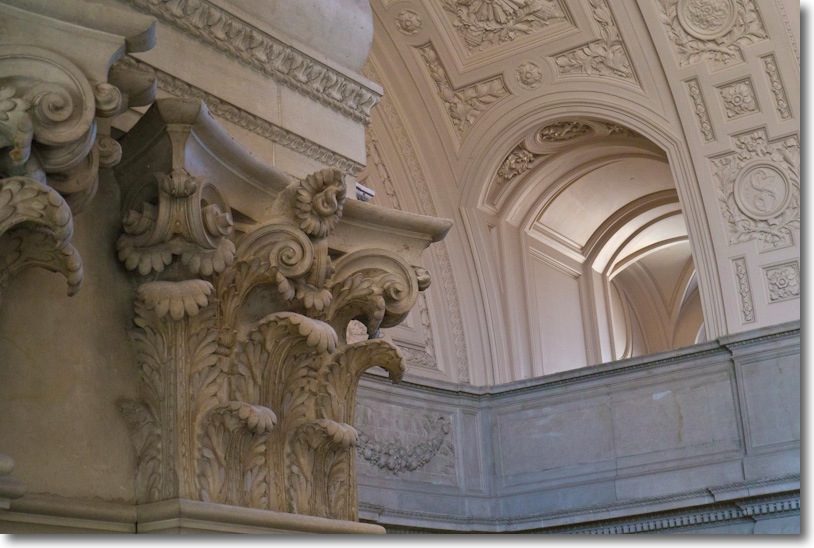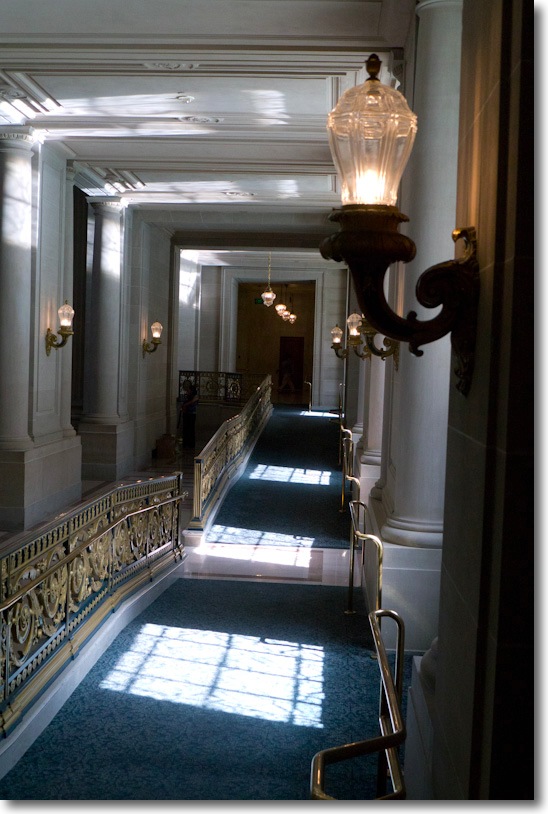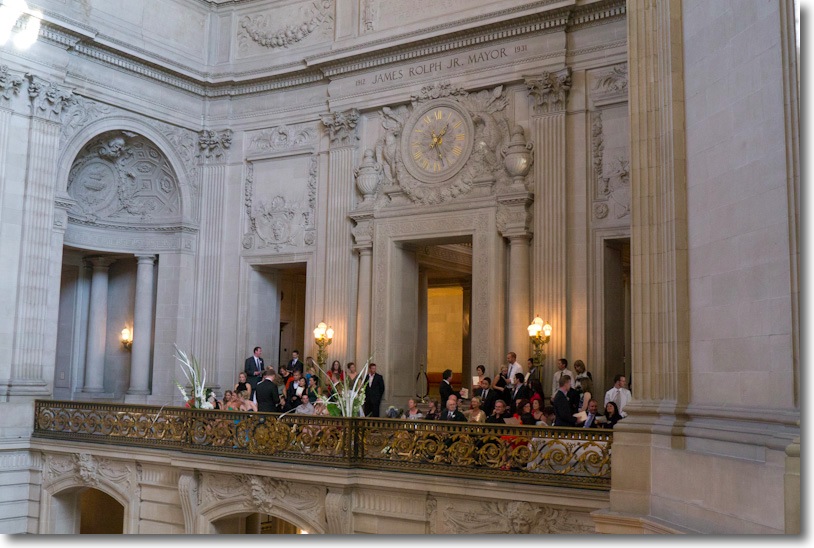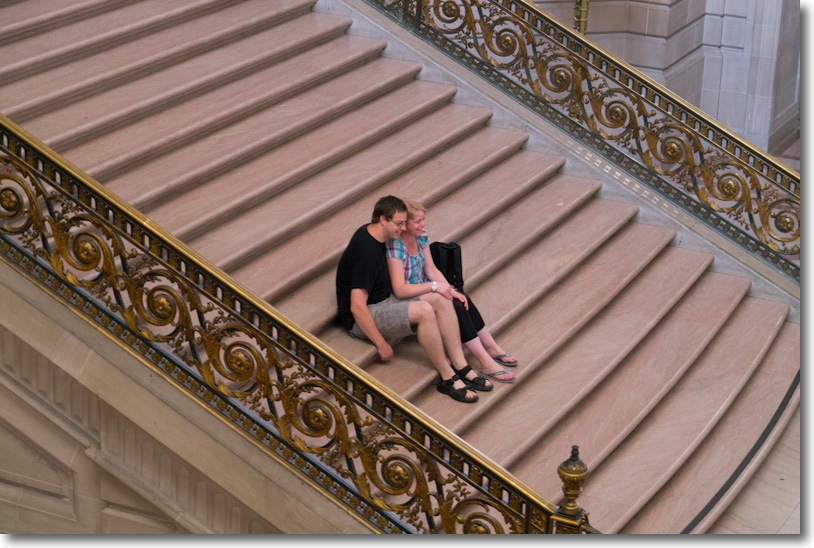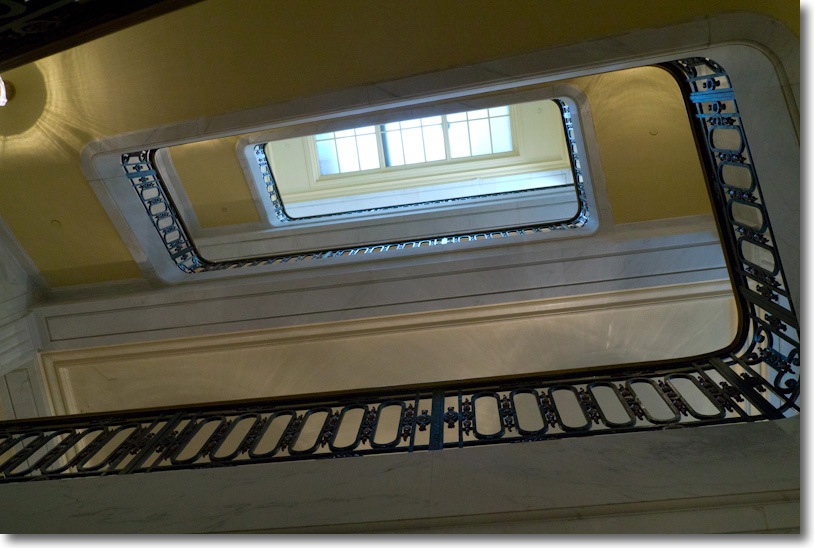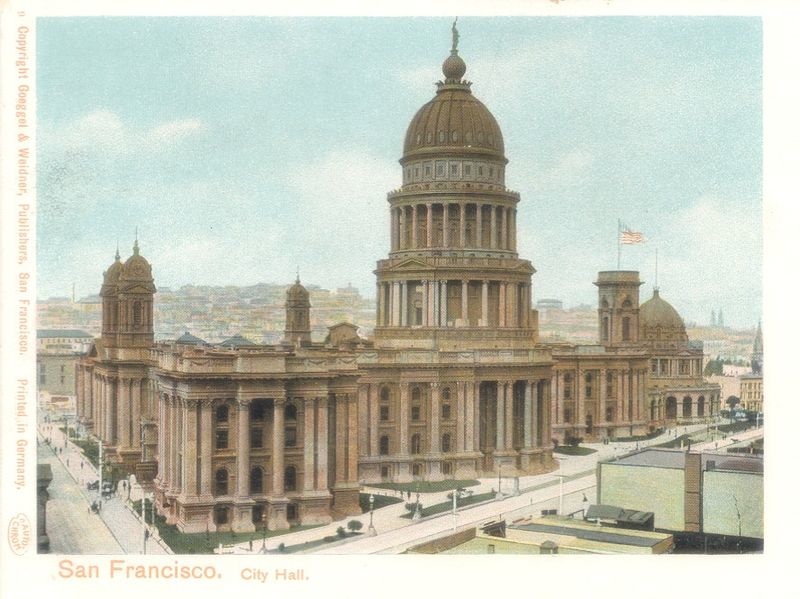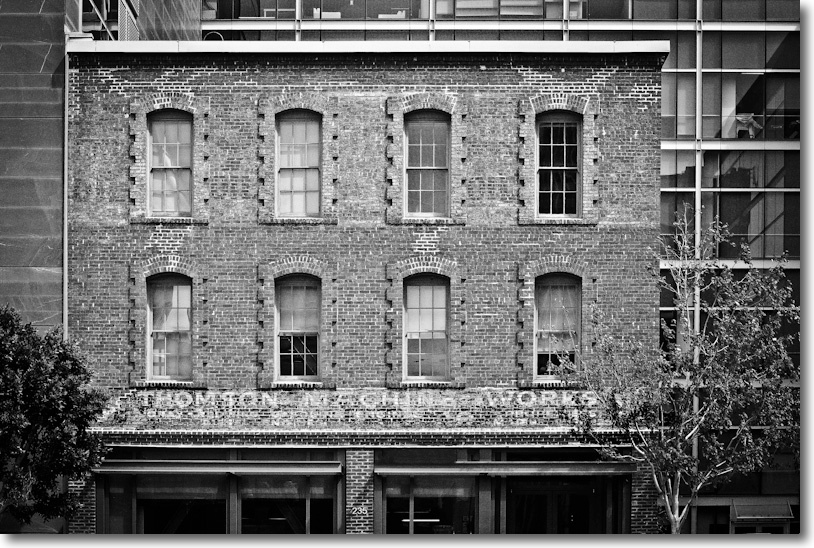Film Noir at its best.
I have been watching Howard Hawks’s ‘The Big Sleep’ (1939 – but check the Comments) for decades now and have long ago given up trying to figure out whodunit. The plot is so many layered, so vastly complex, that I prefer to luxuriate in Humphrey Bogart’s and Lauren Bacall’s acting while enjoying my favorite city in America, Los Angeles. The movie is one of the rare cases where monochrome trumps color.
San Francisco has done a far better job of preserving its inter-war buildings than either LA or New York. The atmospheric Bunker Hill of Philip Marlowe’s day has long been torn down, replaced by soulless glass and steel buildings and Frank Gehry’s execrable Disney Concert Hall, an eye sore of rare foulness. New York also gives short shrift to historical preservation as the world’s center of greed abhors space that cannot be developed and rented for top dollar. Whether it’s the lighter touch of commerce in San Francisco or the fact that the big bucks reside thirty miles south in Silicon Valley, I do not know, but the city is brimming with gorgeous buildings from the ’30s and ’40s.
This one was spotted on Howard Street and the threatening shadow suggested nothing so much as the office space that a gumshoe of Marlowe’s persuasion would have occupied. Marlowe, for ever down on his luck, would have been in one of the smaller offices on a low floor. Not for him the high rent suggested by the magnificent double height windowed floor. As is often the case, the backdrop is a modern building presumably designed by a structural engineer, because architecture is nowhere to be seen. Here it only serves to heighten the beauty of the older masterpiece, caught in a shaft of late afternoon light on a freezing winter’s day.
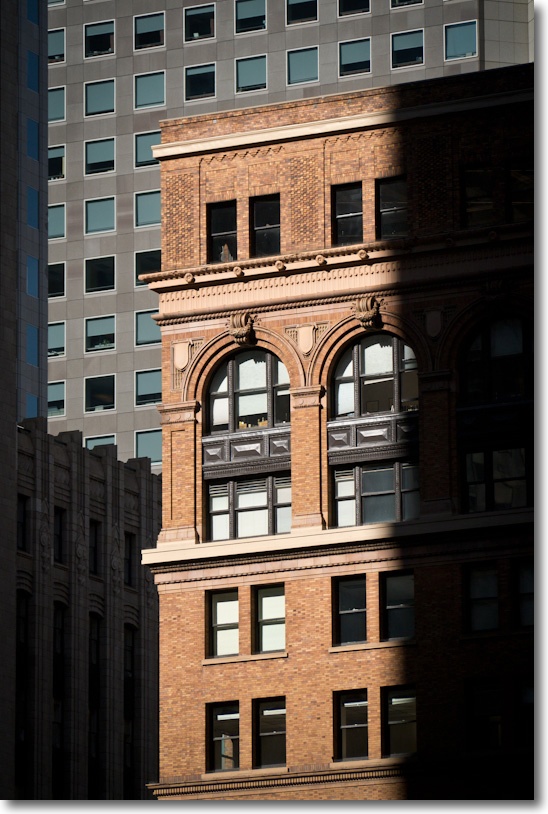
G3, 45-200mm @ 103mm.
Here’s one of the many posters for that cinematic masterpiece:
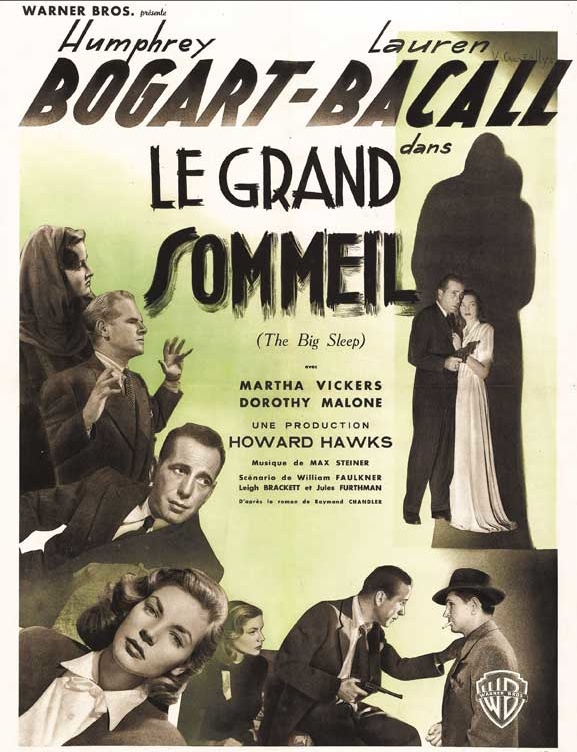
A more recent version of the LA ’40s crime mystery, no less well made or acted, gains from a simpler plot compared to The Big Sleep what it loses to color – L.A. Confidential.
For those preferring San Franciscan detectives, Dashiel Hammett’s Sam Spade is as good a stand-in for Marlowe as any.
One of my commitments for 2012 is to publish more architectural photography and, checking this blog, I see it’s a subject I have addressed on many occasions, so I have added an Architecture category. You can access this by clicking here or by diving into the drop down menu under ‘Categories – Photographs’ at the bottom of this screen.
